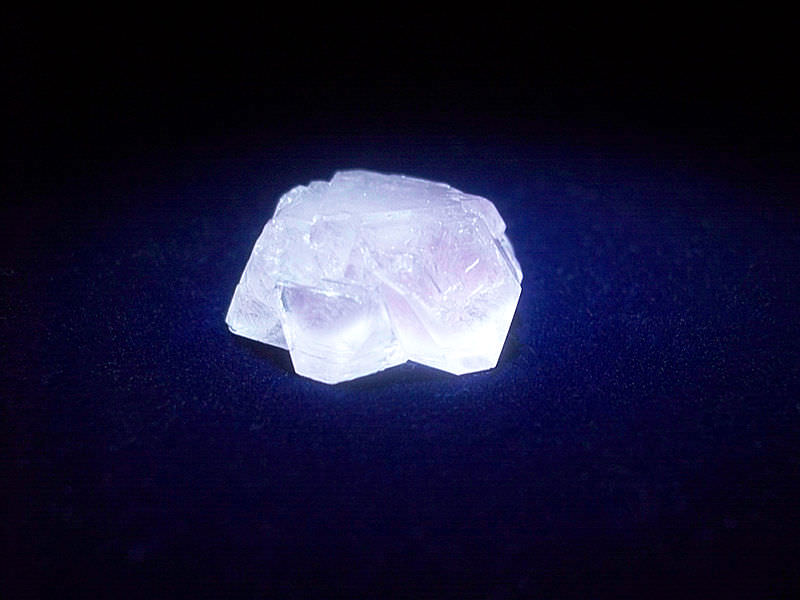Caption: Selfmade Alum Crystal. Weight 5.01g Source: JanDerChemiker via wikimedia commons
The second law of thermodynamics states that all isolated systems head towards entropy. Our universe will one day reach a state where all energy is evenly distributed and can no longer sustain motion or life. A group of physicists have speculated that a device called a ‘space-time crystal’ could theoretically continue to work as a computer even after the heat death of the universe. Trouble was that they had no idea how to build a space-time crystal, until now.
Crystals are made up of repeating patterns of atoms or molecules, they are symmetrical in space and in their lowest energy state. They are the result of removing all the energy from a system (like ice crystals forming when heat is taken away) Nobel-prize winning physicist Frank Wilczek at the Massachusetts Institute of Technology speculated that the symmetry of such crystalline structures could exist in the fourth dimension of time as well as in space. The atoms in a time crystal would constantly rotate and return to their original location and, being in their lowest possible energy state they would continue to rotate even after the universe has succumbed to entropy. Such a repeating pattern of motion usually requires energy but now a group of scientists at the University of Michigan in Ann Arbor and Tsinghua University in Beijing, led by Tongcang Li at the University of California, Berkeley think they have worked out how to create such a crystal in its lowest energy state that shows this repeating pattern, or periodic structure, in both space and time, a space-time crystal.
They propose constructing an ion trap, which holds charged particles in place using an electric field. The ions naturally repel each other due to Coulomb repulsion, forming a ring-shaped crystal which can be made to rotate by applying a weak static magnetic field. If you then remove the electric field, the ions will continue rotating by themselves. This does not violate any laws of physics, it isn’t a perpetual motion machine as no energy can be taken out of the system, it can’t do any work even though it is moving. The main challenge to building the crystal will be the need to bring the temperatures close to absolute zero.
Space-time crystals’ periodicity makes them natural clocks. Wilczek suggests building a computer from a working time crystal, with different rotational states standing in for the 0s and 1s of a conventional computer. Such a computer would be able to survive the eventual heat death of the Universe. There is just one small snag, however, as Tongcang Li admits “we focus on a space-time crystal that can be created in a laboratory, so you need to figure out a method to make a laboratory that can survive in the heat-death of the universe.”
Read more here

